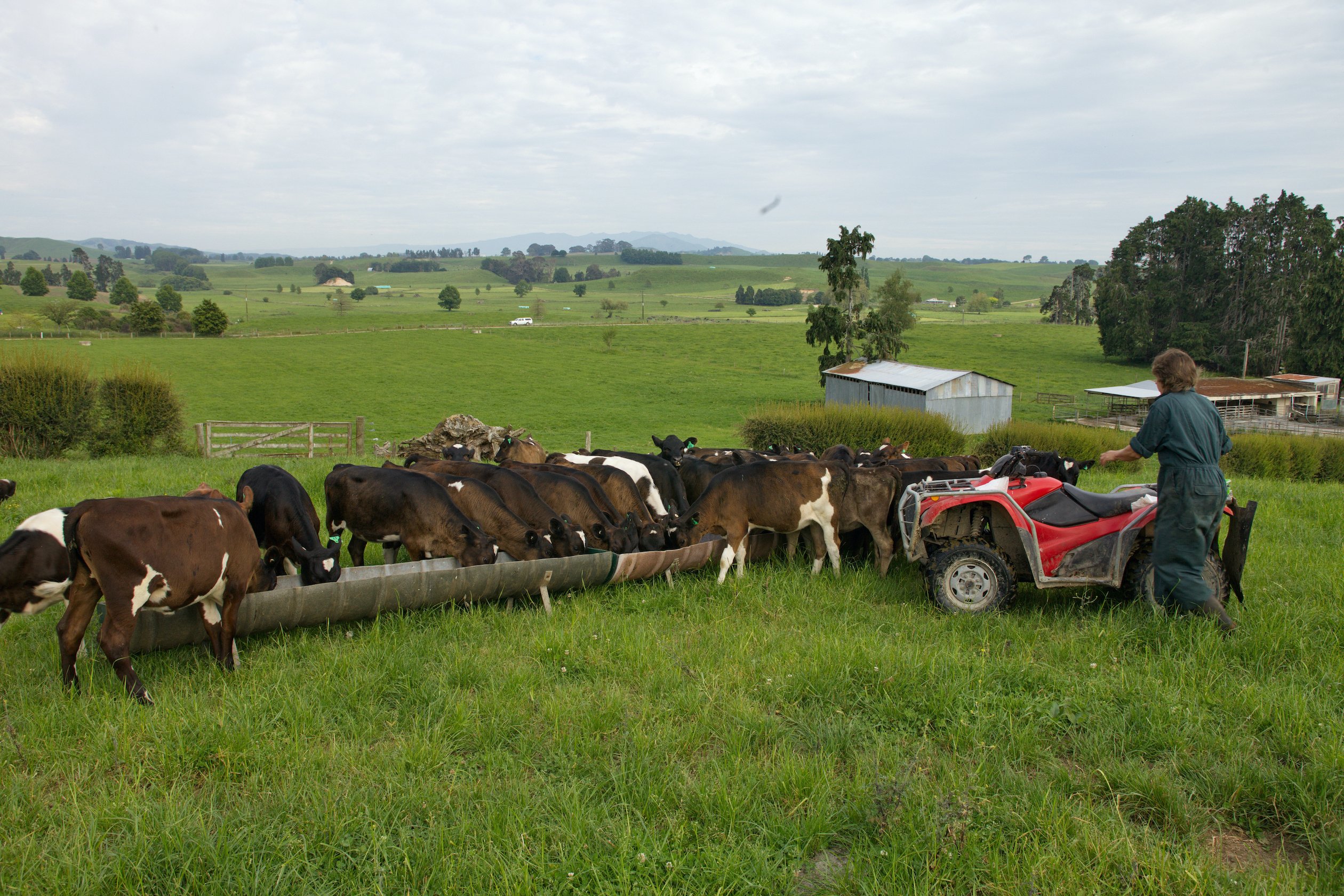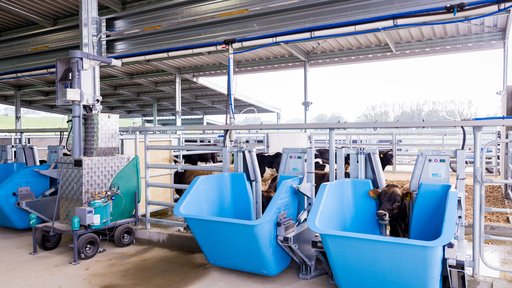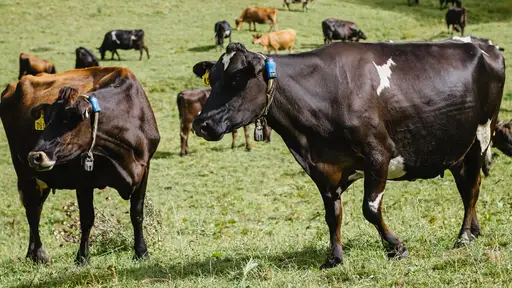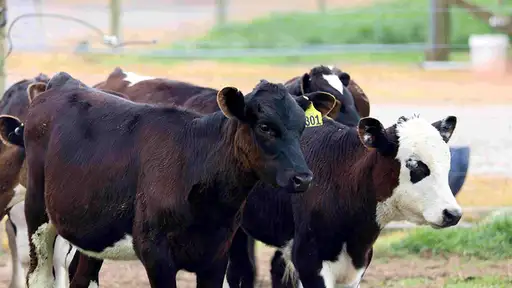For many farmers throughout New Zealand cows are now dried off, having been milked through a relatively positive payout season.
And for many farmers, the final milk price was about all that was good about autumn. Because the reality of what’s facing most of us can’t be ignored and we need to prepare for what lies ahead. The early part of autumn saw floods in the deep-south and ongoing drought in the north, and this lies against the bleak economic backdrop brought on by the global COVID-19 pandemic.
Keep in-mind however, that food is a basic necessity, and New Zealand remains among the greatest world exporters of high-quality, pasture-fed, dairy products. There is good reason to keep one eye firmly fixed on the medium- to long-term prospects of what you’re doing.
However, for now pasture covers are down and in need of repair; supplements on-hand are less than expected; cow condition is declining, and; palm kernel prices are rising fast amid talk of interrupted supplies.
Irrespective of your calving system, time must be dedicated now to review the season and assess what went well, where you might have been exposed, and how things can be improved next time around.
Time for a change?
While it’s true many factors have been out of your immediate control, it’s important to critically assess your own decision making and performance.
- Is your system robust enough to handle a one-off season like we’ve had?
- Does the level of risk versus reward warrant a system change or at least some modelling of what it might look like under a different setup?
If you’re serious about making a system change, take advantage of a rural professional who should be able to offer an objective, independent view – consultants have the advantage and knowledge of what works elsewhere. They’re also able to tap in to the professional advice of their colleagues and other network contacts, and they have some excellent tools and resource at their disposal.
Examples of tools and resource include the FarmWise ScenOpti® and the Farmax programmes (Farmax Ltd) for reviewing farm system scenarios and optimising operations.

Small gains add up
Change does not necessarily need to be complex or significant. Subtle actions or a renewed focus can play an important role in making your business more profitable, and frequently the small things don’t require massive capital investment.
Examples of simple change that have proven to have long-term profitability benefits include:
- Employment of a share- or contract-milker
- A reduction in cow numbers
- Changes to the calving date
- Going all-AB or changing the sire selection and a more targeted approach to mating
- A change to the heat detection regime or a renewed focus on another aspect of repro
- Becoming self-contained
Bite the bullet - A trade off may be required
Both North Island and South Island farmers face similar feed pressures, despite their problems stemming from differing issues (drought in the north, and flooding and freezing works capacity in the south).
Winter grazing contracts have been cancelled in parts of the South Island, and some culls are not expected to be gone from farm before the end of June. Meanwhile the price of supplements throughout the country is rising, and is expected to remain high, with autumn growing conditions in the north previously stunted by low rainfall in March and April.
The upshot is that there’s now immense pressure on systems and people.
In many cases this will force an exercise in accepting the least damage, for instance, cow condition versus feed on hand at calving, or paying a greater price for solid feed simply to ensure those extra cows are maintained.
The answers won’t have been simple or inexpensive. For some, it may have meant some capital stock have joined the culls in a bid to manage the situation.
From my recent observation, feed budgets have shown significant holes, particularly in the lead-up to June 1.
Low pasture covers and lack of supplements available (to hold cows’ condition and milk) has prevented many farmers from building feed ahead. Financial budgets have been under pressure, but it’s still imperative to work hard to build feed reserves – even at the expense of a perfectly conditioned herd.
Feed budgets a fundamental
Feed management comes back to what’s best-practise, and what you need to get right from now on. The clichés might come out in earnest here, but they really do ring true: Get measuring and keep monitoring.
It’s imperative the feed budget is organised and that grass is measured weekly.
Tap in to the knowledge of consultants, neighbours, and your own experience to understand the implications of the current growth rates and what you might expect in the next fortnight, based on current conditions; then be decisive: What’s cow demand on grass?; what paddocks are growing, and what’s the growth rate?; based on those metrics, where should your cover be in 10 days time?
Make sure all staff know how important it is to allocate feed correctly – use the scales or at least find a consistent way of determining what you’re actually offering the cows. Events like break-outs just cannot happen – every blade of grass or kilogram of swede, kale, and silage counts. Be accurate in everything you do.
Managing mobs early-on based on body condition score (BCS) will enable feed to be allocated correctly and should avoid overfeeding of fat cows.
Looking slightly further ahead, nitrogen and Pro-Gibb are additional tools that should help kick-start the spring. If ground conditions and temperature are in the correct range apply a decent amount (40-45 kg of nitrogen per hectare), or nitrogen and sulphur in wetter colder areas.
Protect the pastures. If wet, standing cows off on loafing or feed pads is another best practise strategy. You need every square meter of pasture growing to its potential.
Set it up
The spring rotation planner set-up, and followed through calving, is a must. Continue with the feed budgeting and pasture assessment even if simply by eye over the busy period. SPACE™ can save you many hours, so if you aren’t already using the tool, I recommend you try it.
Cow condition may not be at optimum given the lead in to calving, so the importance of minerals and good transition management from dry through colostrum, and to the milking mob, is essential. Have a plan in place that staff can follow. Ensure minerals are supplied and metabolic remedies are on-hand.
Mike Bailey, FarmWise Consultant




